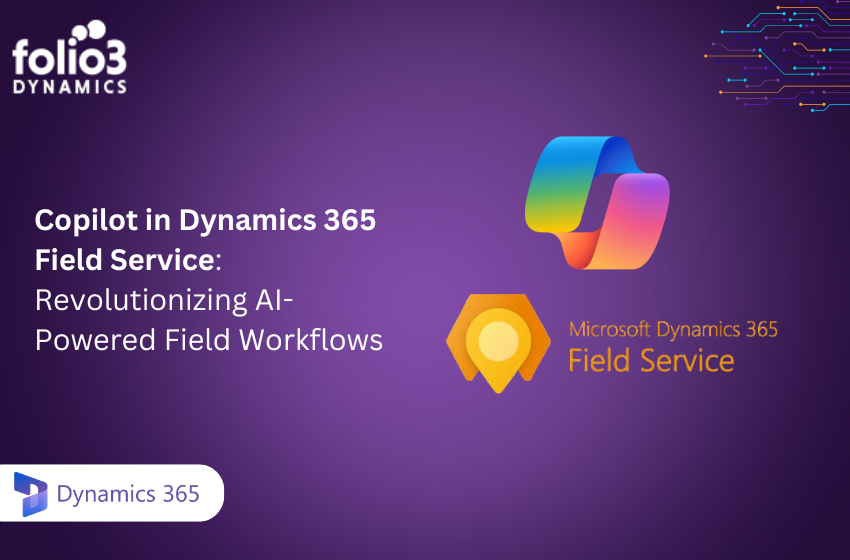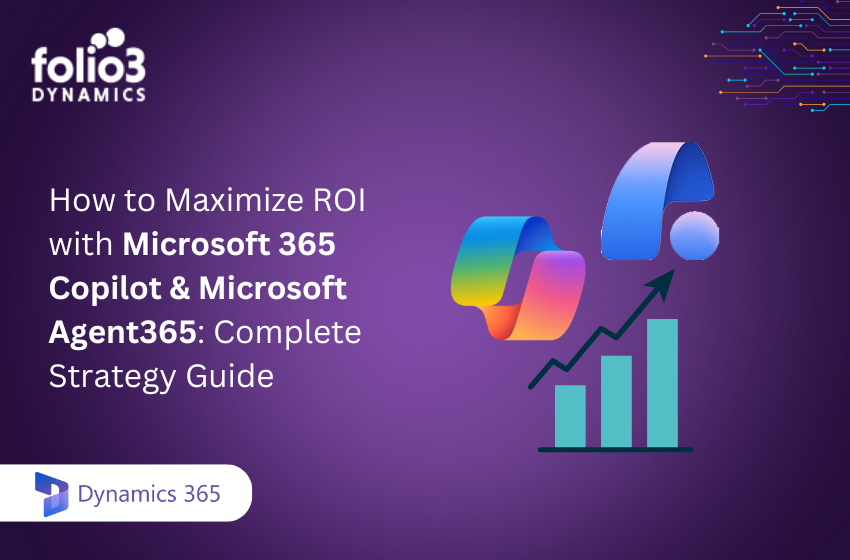Business intelligence –BI, technologies such as AWS QuickSight vs Power BI are designed to assist firms in interpreting and understanding data. Amazon QuickSight is a lightweight solution designed to be used on a case-by-case basis. Microsoft Power BI, on the other hand, is geared for company-wide use, with standardized per-user pricing and extensive customizability.
Due to its per-user license and connection with the Microsoft Office 365 suite, Microsoft Power BI is virtually equally popular with mid-size organizations and enterprise-level corporations. Although it has a substantial presence among SMB users, Amazon QuickSight is perhaps most successful with mid-size firms and bigger corporations. This is most likely due to its pay-as-you-go pricing approach, which makes it inexpensive for smaller businesses.
Features
Despite the fact that both QuickSight vs Power BI provides shareable charts and other data visualizations, they have distinct advantages.
The versatility and customizability of Microsoft Power BI are its strengths. Its open-source repository has a large number of high-quality user-submitted visualizations that can all be customized by end users. It interacts effectively with MS Azure and Office 365, and its sharing tools make it simple to show others the visualizations you’ve made.
Amazon QuickSight is meant for simplicity and convenience of use, as its name suggests. It’s small and fast, even on huge datasets with a lot of users. The collection of basic charts and visualizations in QuickSight can be readily applied to a variety of data sources, particularly information from other Amazon Web Services (AWS) products. Individuals without the need for an Amazon QuickSight license can see charts for a nominal per-use price, making it a viable solution for firms that don’t require their staff to have regular access to BI software.
Limitations
QuickSight vs Power BI both provides essential BI functionality, but they each have unique drawbacks to consider before purchasing.
Amazon QuickSight can be lightweight to a fault for some users. Its library of graphs and charts is limited when compared to some other BI solutions, and it doesn’t allow for the extensive customization Microsoft Power BI supports. New users report that its UI can be unintuitive at times. Amazon’s active development of the product means new features and improvements, but it can also introduce unexpected bugs and errors for end users.
Microsoft Power BI’s extensive variety, though helpful for many, can cause its own problems. Finding proper documentation for user-submitted visualizations may be difficult, and some may be missing documentation entirely. Some users may face a steep learning curve before they’re able to use the software’s advanced features. Microsoft Power BI can also consume a large amount of computer resources and may run slowly for some users. Finally, its pricing model may be reasonable compared to its competitors, but is less granular than Amazon Quicksight’s model.
Pricing
For its base product, Amazon Quicksight offers two pricing options, as well as an add-on financial model for its data outlier detection service.
The Standard Edition of Amazon QuickSight costs $9.00 per user per month for an annual subscription or $12.00 per user per month for a monthly subscription, with 10 GB of storage per user and $0.25 per GB for additional storage.
The Enterprise Edition of Amazon QuickSight includes two different price schemes for Authors and Readers. Authors can build and publish data visualizations, while Readers can view the dashboards that Authors have made. Authors pay $18.00 per month for an annual subscription or $24.00 per month for a monthly subscription, with 10 GB of storage per user and $0.38 per GB for additional storage. Depending on the amount of Readers and how often they use the product, cost for Readers can range from $0.30 to $5.00 per 30-minute session, per user, per month. Refer to the vendor’s price page for further information.
Microsoft Power BI has two pricing levels. The Power BI Pro tier costs $9.99 per user per month and offers all of the company’s data visualisation and BI features in the cloud, with 10 GB of storage per user and a 1 GB dataset limit. The Power BI Premium tier costs $4,995 a month and includes tools geared toward enterprise-level BI, such as big data analytics and on-premises deployment. It also increases total storage to 100 TB, with a dataset size limit of 10 GB.
QuickSight Vs Power BI: The Pros And Cons
Here’s a quick view of the Pros of both Power and AWS QuickSight;
| Power BI | AWS QuickSight |
| With simply configurable reporting figures, you may quickly filter and view detailed data sets. | Data sources are simple to set up, and a variety of AWS and non-AWS data sources are already supported. |
| Historical data comparisons and progress tracking are made possible by the ability to swiftly navigate between tabs. | Users are only charged on a per-use basis, making it cost-effective. |
| It is beneficial to go into the data and break it down in to smaller chunks from larger datasets. | |
| Using real-time data, you can get actionable insights faster. It’s fantastic to be able to access reports via the internet. |
Here’s a quick review of the Cons between Power BI and QuickSight;
| Power BI | AWS QuickSight |
| The desktop software is fantastic, but it could be a lot faster. | As a cloud-based BI tool, it is still in its infancy. |
| There is no MacOS version of the Desktop software, which is a significant business disadvantage because executives prefer Macs. | It has roughly 40-50 percent of the functionality of its competitors’ offerings. |
| Power BI Premium Cloud Edition is exorbitantly priced. | At times, the application is still a touch flaky and non-intuitive. |
| The Power BI Reports Server on-premise version is only available as part of a SQL Server Enterprise License and requires a Software Assurance Subscription. | |
| The on-premise Power BI Report Server does not support ADFS, AzureAD, or any other Claims-Based Authentication technology, which is a major drawback for businesses. |
We hope you have learned a lot about the QuickSight Vs Power BI from this article. For more queries contact Folio3 support team and we would love to help you out.


